
The Daily NCLEX® Challenge is the easiest way to ace your NCLEX exam the first time! Join today, and access 7 days of Premium for free.
Sign up now to receive your first challenge →
Focused studying and regularly answering practice NCLEX questions are your keys to the nursing kingdom. But before you get to wear that coveted badge with your credentials after your name, you’ll need to pass the NCLEX exam.
If you’ve been on the hunt for renal NCLEX questions or have just been wondering what you need to know regarding the renal system for the NCLEX exam, you’ve come to the right place.
Today, we’re going to cover how the renal system works, common conditions, laboratory tests, and how nurses should manage renal patients. Once you have a good handle on the content to expect, we’ll move onto some sample renal NCLEX questions with answer rationales included. By the time we’re done, you can confidently study for renal questions and be on the road to NCLEX success.
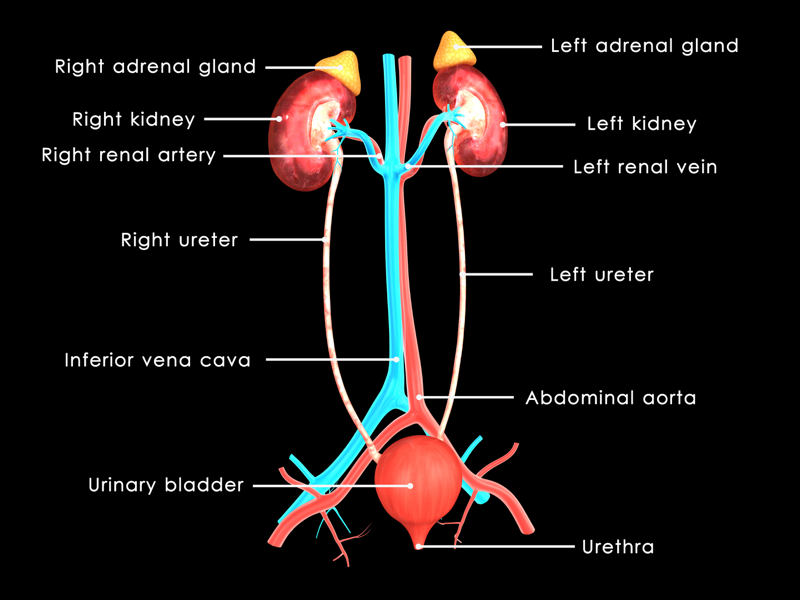
A basic knowledge of how the renal system works is mandatory for renal NCLEX questions. To begin, the renal system is composed of two kidneys, two ureters, one bladder, and one urethra. It’s often referred to as the urinary system or the genitourinary system.
And here’s a fun fact for you: Every 30 minutes your kidneys filter your entire blood supply removing poisons, toxins, wastes, and excess fluid. Isn’t that amazing? Urea and creatinine are two waste products that are removed through this process.
Kidneys are a sometimes-forgotten cornerstone of good health. In addition to filtering blood and maintaining electrolyte balance, they also produce important hormones, activate vitamin D, produce erythropoietin, and control blood pressure. Without proper kidney function, dialysis or a kidney transplant may be necessary to avoid end-stage renal disease or even death.
Each kidney has the following parts that help maintain homeostasis in the body:
For renal NCLEX questions, remember that urine excreted by the kidneys is pushed through the ureters, tubes connected to each kidney that connect to the bladder. The ureters have small values to prevent the backflow of urine into the kidneys. Next, the bladder collects the urine and it is then excreted out of the body by the urethra.
There are four endocrine hormones and enzymes that prompt the kidneys that you should know for renal NCLEX questions:
You can memorize these endocrine hormones by making connections and drawing out how each hormone works in the renal system. This activates your critical thinking skills and helps with retention.
As you can see, the renal system is a complex network of vessels, organs, hormones, and enzymes that work simultaneously together to perform important bodily functions. Because of this, there are many small areas where things can go awry and lead to bigger problems.
Here are some renal disorders and conditions you should review for renal NCLEX questions:
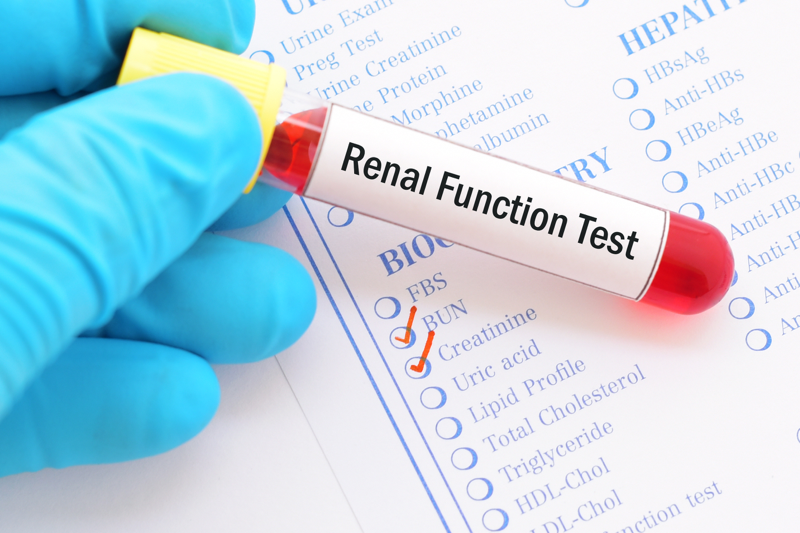
There are four specific laboratory tests that measure renal function and tell us how well the kidneys are functioning.
BUN level is a blood draw measuring the amount of urea nitrogen in the blood. Urea nitrogen forms when protein breaks down. BUN measures protein metabolism within the body.
Creatinine is a blood draw to see how well the kidneys are functioning. Chronic, persistent renal impairments cause a rise in creatinine.
Creatinine clearance is a blood draw to measure GFR. It lets us know how well the kidneys remove creatinine from the blood.
Urine creatinine tells us how well the kidneys are working by measuring the amount of creatinine in the urine. Healthy kidneys should be filtering creatinine out of the blood and expelling it through urination.
For renal NCLEX questions and for your future role as a licensed nurse, be sure to review how to care for renal patients:
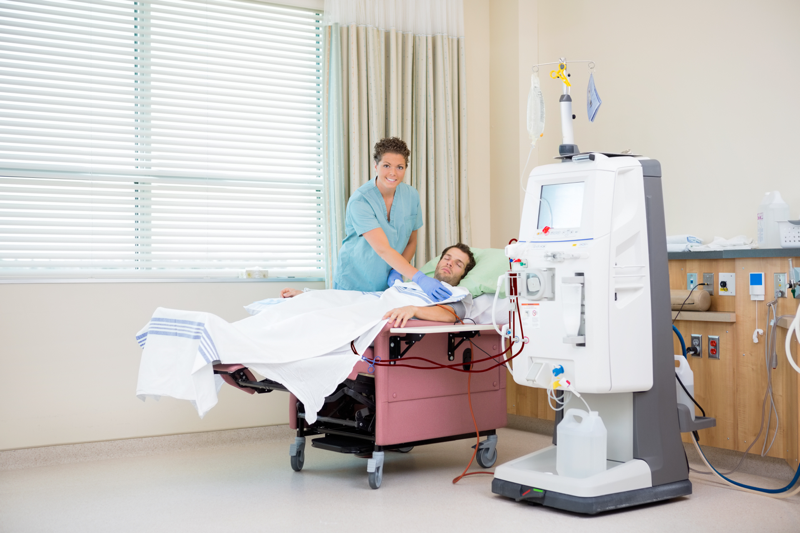
It’s time to put your renal nursing knowledge to the test with some practice renal NCLEX questions. Answer rationales follow each question, so be sure to read those for a detailed explanation of why each choice is correct or incorrect.
Renal NCLEX Question #1
You’re caring for a patient with acute renal failure undergoing hemodialysis through an arteriovenous (AV) fistula in the right arm. Which of the following shouldn’t be included in the care plans for this patient?
Answer: B — Blood should never be drawn from the arm with the AV fistula. In addition, never take a patient’s blood pressure on the access arm. Care plans for this patient should include checking for thrill and bruit to confirm a patent fistula. Applying gentle pressure for breakthrough bleeding for up to 30 minutes is standard, any longer and further interventions are necessary. Also, two needles are used for each hemodialysis treatment — one to remove the blood and one to return filtered blood.
Renal NCLEX Question #2
A renal failure patient undergoing peritoneal dialysis who has kidney disease due to diabetes mellitus. After placing 1200 ml of dialysate, only 400 ml has drained. What should you do next?
Answer: A — Clamp the catheter and observe it for any kinks or obstruction. You may then have the patient reposition to encourage drainage. Do not clamp the catheter or install more dialysate. The patient’s output should be within the ordered parameters before instilling further dialysate. If you try these things and no further dialysate flows out, call the physician for further orders.
Renal NCLEX Question #3
Which of the following symptoms and/or conditions are associated with disequilibrium syndrome related to a patient with chronic kidney disease beginning his first hemodialysis treatment?
Answer: A — Disequilibrium syndrome is associated with nausea, vomiting, headache, restlessness, mental confusion, and can lead to coma or death. It’s not associated with any of the other choices.
Renal NCLEX Question #4
You’re caring for a woman with a urinary tract infection who is beginning her first dose of IV antibiotics now. When reading the order, you see you’re also supposed to obtain a urine culture. What order should you proceed in?
Answer: D — The urine culture must be collected first before the antibiotic has the ability to alter the bacterial growth in the urine. Then the urine must be immediately sent to the lab. Finally, hang the IV antibiotic. Urine cultures take approximately 48 hours for results and antibiotic therapy shouldn’t be delayed while waiting for results.

Consistently answering NCLEX practice questions is a surefire way to get you in the NCLEX mindset. And not just for renal NCLEX questions, for all types of NCLEX questions. If you’ve been wondering where to start when it comes to NCLEX practice questions or where to find them, we’ve got good news for you.
Join us at the NCLEX Daily Challenge where each day you get a new practice question sent to your email. No more wondering where to find questions or letting it fall to the bottom of your to-do list. With the challenge, we’ll do that work for you, all you have to do is answer.
You can even kick things up a notch and join the premium version. There you can compete against your friends to work your way up the leaderboard. Each month, the winner gets a prize. Plus, you’ll even have access to a bank of your questions with comprehensive answer rationales. Join us today alongside thousands of other nursing students just like you.
If you are still in nursing school, use these strategies and tips on your nursing exams.
Continue reading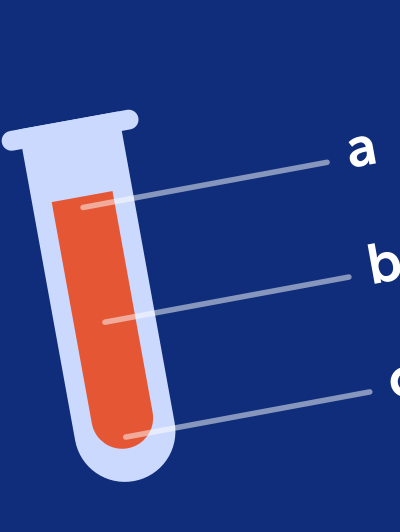
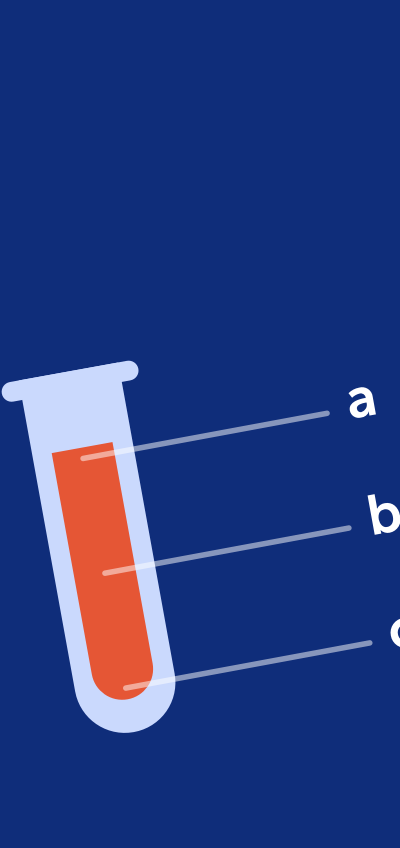
We created some fluid and electrolytes NCLEX questions with a detailed study guide to help you focus on this specific area of nursing knowledge.
Continue readingToday, we’re going to discuss how to study for endocrine NCLEX questions.
Continue reading